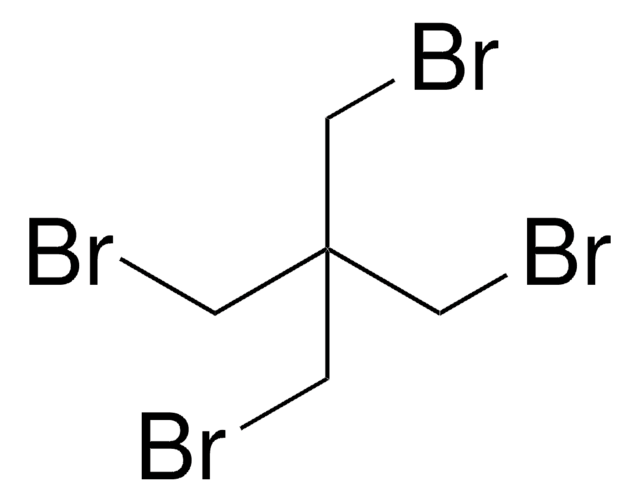433845
1-tert-Butoxy-2-propanol
99%
Synonym(s):
Propylene glycol 1-tert-butyl ether
Sign Into View Organizational & Contract Pricing
All Photos(1)
About This Item
Linear Formula:
(CH3)3COCH2CH(OH)CH3
CAS Number:
Molecular Weight:
132.20
Beilstein:
1734501
EC Number:
MDL number:
UNSPSC Code:
12352100
PubChem Substance ID:
Recommended Products
Assay
99%
refractive index
n20/D 1.413 (lit.)
bp
143-145 °C (lit.)
density
0.874 g/mL at 20 °C (lit.)
SMILES string
CC(O)COC(C)(C)C
InChI
1S/C7H16O2/c1-6(8)5-9-7(2,3)4/h6,8H,5H2,1-4H3
InChI key
GQCZPFJGIXHZMB-UHFFFAOYSA-N
Looking for similar products? Visit Product Comparison Guide
General description
IARC Monographs of 1-tert-butoxy-2-propanol on the evaluation of the carcinogenic risk of chemicals to humans has been reported. Synthesis of 1-tert-butoxy-2-propanol from propylene glycol and isobutene over montmorillonite and Amberlyst 15 (two solid acid catalysts), in a packed trickle-bed reactor has been reported. It is an oxygenate gasoline additive and its antiknocking properties were evaluated.
Application
1-tert-Butoxy-2-propanolwas used as solvent to evaluate the mole fraction solubilities of 3-methylbenzoic acid (crystalline nonelectrolyte solute) at 298.15K.
Signal Word
Danger
Hazard Statements
Precautionary Statements
Hazard Classifications
Eye Dam. 1 - Flam. Liq. 3
Storage Class Code
3 - Flammable liquids
WGK
WGK 1
Flash Point(F)
111.2 °F - closed cup
Flash Point(C)
44 °C - closed cup
Personal Protective Equipment
dust mask type N95 (US), Eyeshields, Gloves
Choose from one of the most recent versions:
Already Own This Product?
Find documentation for the products that you have recently purchased in the Document Library.
Mathematical correlations for describing solute transfer into functionalized alkane solvents containing hydroxyl, ether, ester or ketone solvents
Grubbs LM, et al.
Fluid Phase Equilibria, 298(1), 48-53 (2010)
National Toxicology Program technical report series, (515)(515), 1-306 (2004-05-18)
Propylene glycol mono-t-butyl ether is used as a solvent in all-purpose cleaners, inks, and nail polish lacquers. We studied the effects of propylene glycol mono-t-butyl ether on male and female rats to identify potential toxic or cancer-related hazards to humans.
Adriana M Doi et al.
Toxicologic pathology, 35(4), 533-540 (2007-06-15)
Chemically induced renal neoplasms in male rats, developed coincident with alpha(2u)-globulin nephropathy, are not considered predictive of risk to humans by the International Agency for Research on Cancer (IARC) and the U.S. Environmental Protection Agency. Criteria have been defined to
Synthesis of 1-tert-butoxy-2-propanol (PGTBE) from propylene glycol and isobutene in a packed trickle-bed reactor on acid catalysts.
Alcantara R, et al.
Reactive functional Polymers, 43(1), 97-104 (2000)
Adriana M Doi et al.
Toxicology, 199(1), 1-22 (2004-05-06)
Propylene glycol mono-t-butyl ether (PGMBE) is used as a solvent in a variety of commercial applications. Male and female F344/N rats and B6C3F(1) mice were exposed to PGMBE by whole-body inhalation for 2 or 14 weeks (0, 75, 150, 300
Our team of scientists has experience in all areas of research including Life Science, Material Science, Chemical Synthesis, Chromatography, Analytical and many others.
Contact Technical Service









